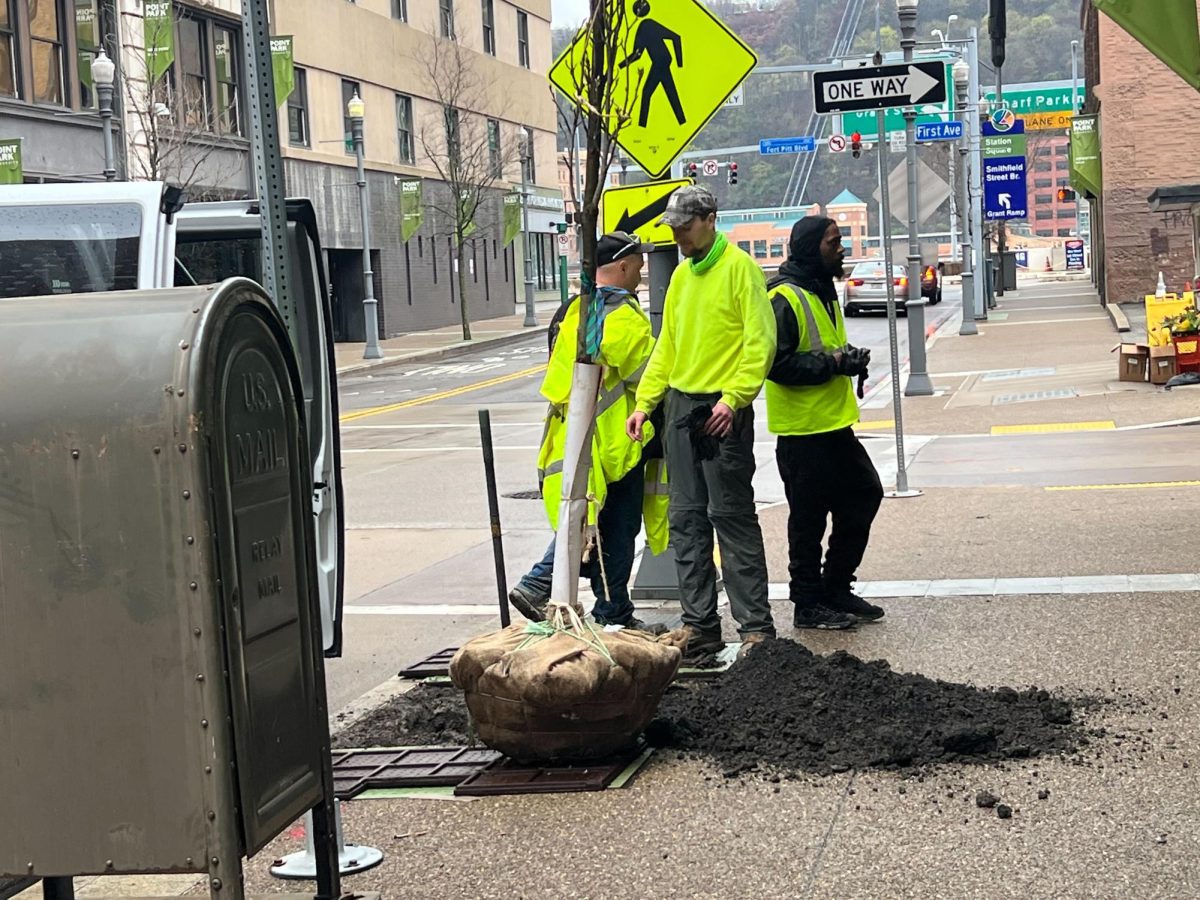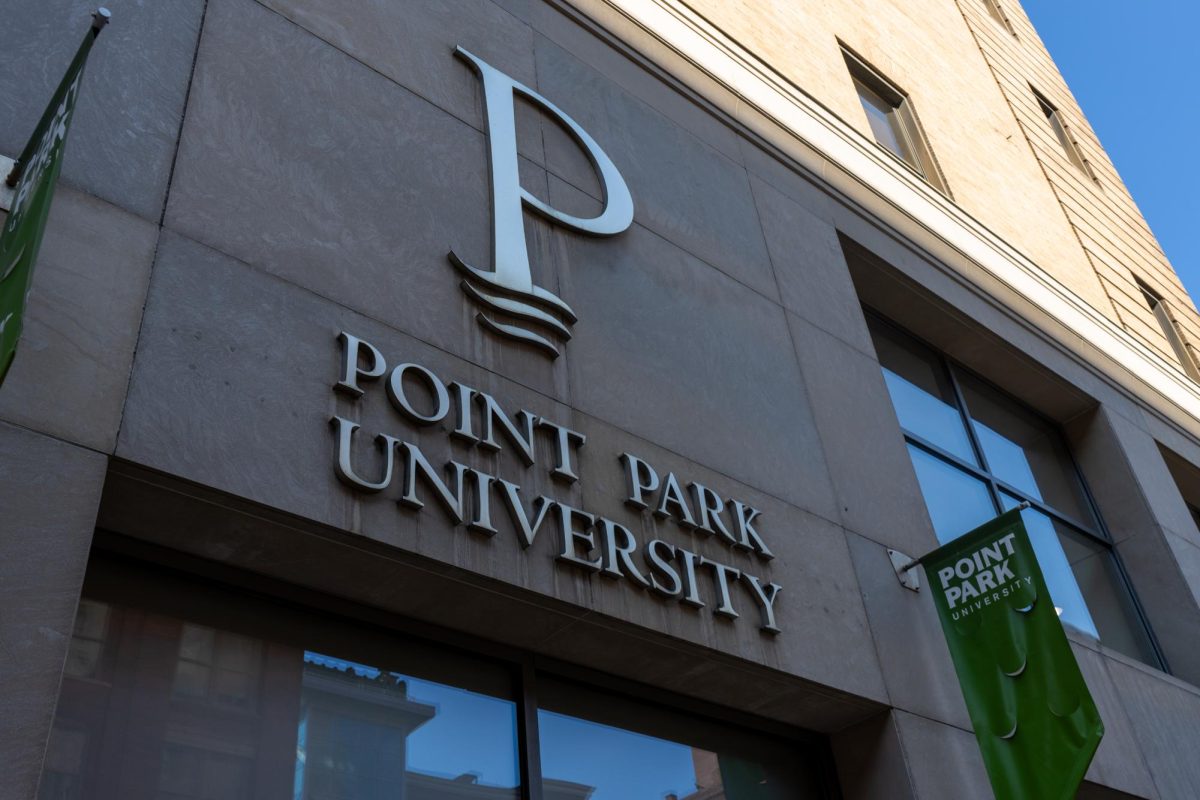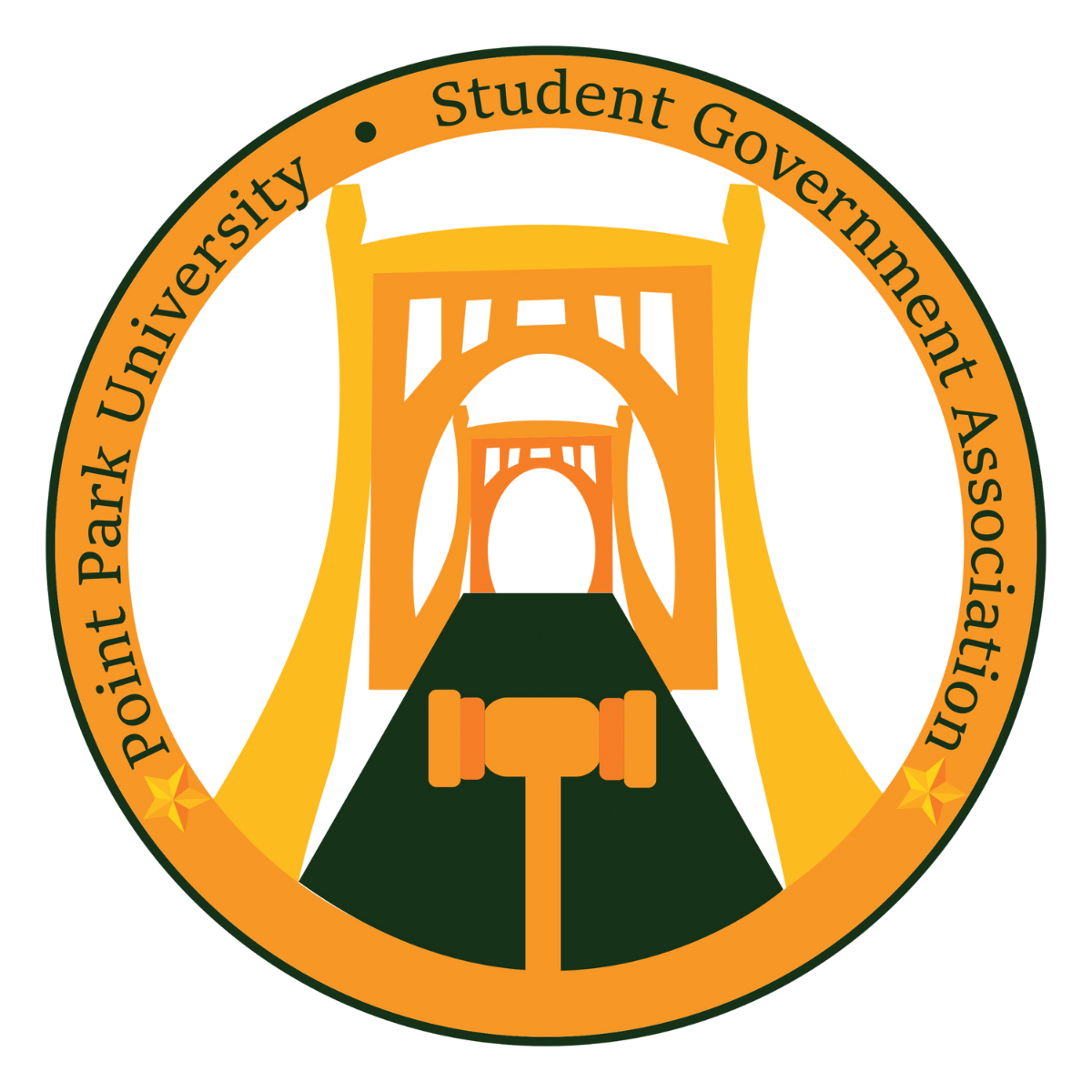In the aftermath of Hurricane Sandy, Disaster Medical Assistance Teams (DMAT) poured into the Northeast, setting up shelters and hospitals to those in need.For 13 days, it was Robert Skertich’s job to oversee a staff of 40 doctors, nurses, paramedics and pharmacists at one of these temporary hospitals set up in a football field in Neptune Township, N.J. He left his work briefly as a public administration professor at Point Park University to act as the incident commander for the hospital.“I’ve always been fascinated by it,” Skertich said Monday in his office in West Penn. “There’s people out there with unmet needs, and it’s great that I’m able to go out and help them find solutions to those kinds of problems.”As weather turned from rain and 50 mile an hour winds, to a snow storm leaving five inches of snow that soon melted, Skertich’s DMAT, part of the U.S. Department of Health and Human Services, and employed by the National Disaster Medical System, built self-sustaining tents equipped with everything an emergency room has – except for X-rays.“In a hurricane, not only do you not take all your medicines and stuff with you, but drug stores are closed, your doctor’s office is closed; the hospitals are overwhelmed,” Skertich said.Because hospitals in the area were overwhelmed, Skertich and his team had the option to either help the existing local hospital, or create a new space, serving walk-in and ambulance patients to reduce the impact on the hospitals. The doctors and nurses in the shelter were able to either treat and release people or transfer them to the main hospital. A DMAT also set up another medical facility in the area at Monmouth University. Both missions served 300 people total.Skertich compared his job to that of one in the army reserves. He is called into federal activation when there is a large natural disaster.Skertich worked at the university since 2008, but was involved in public safety since 1978. He is also the Hampton Township fire chief, and in the past, Skertich said he worked with Federal Emergency Management Agency and the Red Cross, helping people locally, nationally and even internationally in Haiti.As Skertich left the shelter on ______, a 250-bed federal medical shelter (FMS) was being set up, and people were transferred there who could not go back to the hospital. This FMS will stay open for several weeks and possibly a couple of months.Skertich said people are still in need of disaster relief, especially in New Jersey and New York. He said many people in New Jersey still do not have power, and their homes are damaged or destroyed.He also said those who wish to volunteer with disaster relief should obtain training from the Red Cross because without it, they may be denied.Because of organization, communication and transport problems that coincide with clothing and food drives, Skertich said those who want to donate to the relief effort should visit NVOAD.org.Skertich said all major charities are a member of that organization, which identifies who needs what.“People think of the Salvation Army is the big one all the time in disasters,” Skertich said, “but there’s a lot of more organizations out there that can meet your interests.”
Breaking News











